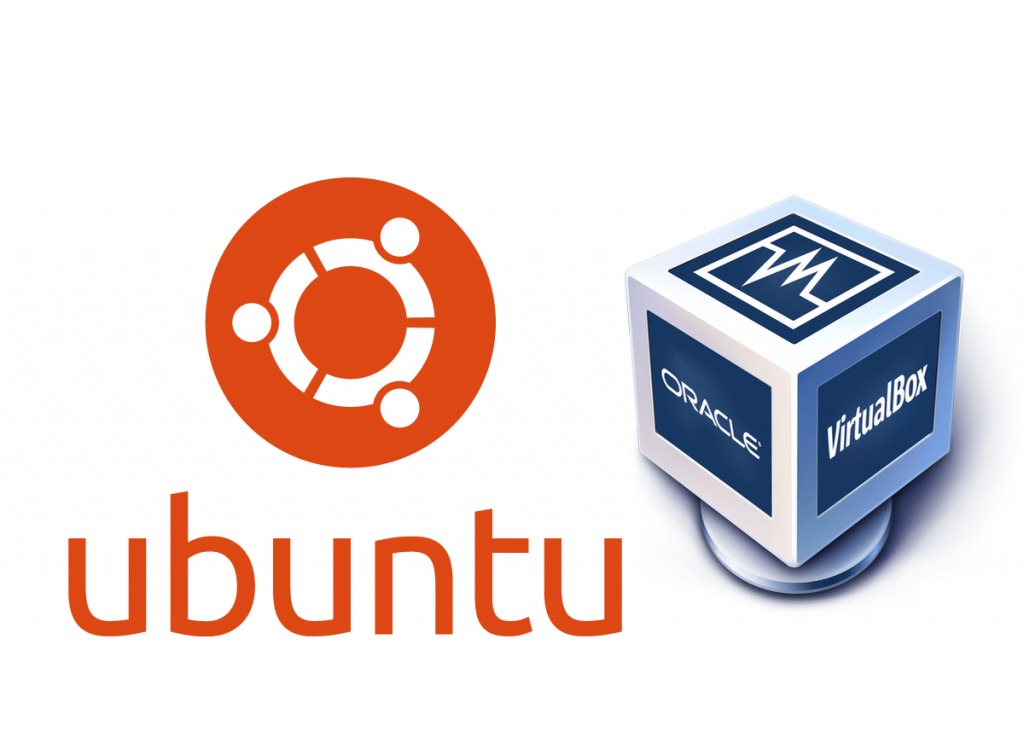Concurrency and Transactions in MySQL
Introduction: Concurrency and transactions are fundamental concepts in database management systems, and MySQL, as a widely used relational database, provides robust mechanisms to handle these aspects efficiently. In this article, we will explore the concepts of concurrency and transactions in the context of MySQL, understanding their importance and how they contribute to the reliability and consistency of database operations.
Concurrency in MySQL:
Concurrency in MySQL refers to the ability of the database to handle multiple transactions or queries simultaneously. In a multi-user environment, where multiple clients may be accessing and modifying data concurrently, it is crucial to ensure that the operations are executed in a manner that maintains data integrity.
Isolation Levels: MySQL supports different isolation levels, such as Read Uncommitted, Read Committed, Repeatable Read, and Serializable. These levels define the visibility of changes made by one transaction to other transactions. Choosing the appropriate isolation level depends on the application's requirements for consistency and performance.
Locking Mechanisms: MySQL employs various locking mechanisms to control access to data. Two main types of locks are used: shared locks and exclusive locks. Shared locks allow multiple transactions to read a resource simultaneously, while exclusive locks ensure that only one transaction can modify a resource at a time. Understanding when to use each type of lock is crucial for managing concurrency effectively.
Transactions in MySQL: A transaction is a sequence of one or more SQL statements that are executed as a single unit of work. Transactions in MySQL adhere to the ACID properties (Atomicity, Consistency, Isolation, Durability), ensuring the reliability of database operations.
- Atomicity: Atomicity ensures that a transaction is treated as a single, indivisible unit. Either all the operations within the transaction are executed successfully, or none of them are. If any part of the transaction fails, the entire transaction is rolled back, maintaining the consistency of the database.
- Consistency: Consistency ensures that a transaction brings the database from one valid state to another. Constraints and rules defined on the database schema must not be violated during the execution of a transaction.
- Isolation: Isolation ensures that the execution of one transaction is independent of the execution of other transactions. Isolation levels, as mentioned earlier, determine the visibility of changes made by one transaction to other concurrently executing transactions.
- Durability: Durability guarantees that once a transaction is committed, its changes are permanent and will survive subsequent system failures. MySQL achieves durability by ensuring that the transaction log is written to disk.
Conclusion: Concurrency and transactions play a pivotal role in ensuring the reliability and performance of database systems, and MySQL provides a robust framework for managing these aspects. By understanding the mechanisms of concurrency control, isolation levels, and transaction management, developers can build scalable and consistent applications on top of MySQL databases. Implementing best practices, such as proper indexing and monitoring, further enhances the overall efficiency of database operations.

![Introduction to Databases [3/5]](https://thumbs.dreamstime.com/b/database-17024075.jpg)
